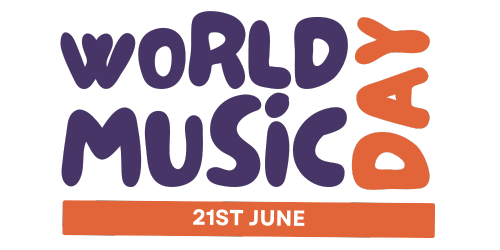Assessment in music education serves a multitude of purposes, from gauging individual student progress to shaping future teaching strategies. In a field as diverse and subjective as music, creating and implementing an effective assessment strategy can be particularly challenging. This guide aims to provide music educators across primary/elementary and secondary levels, in both the UK and USA, with insights into developing a multifaceted approach to music assessment that is both fair and constructive.
Establishing Clear Assessment Criteria
1. Define Learning Objectives: The foundation of any effective assessment strategy is clear, measurable learning objectives. These should align with both the curriculum goals and the broader educational standards of music education. Objectives could range from technical proficiency on an instrument to understanding musical theory concepts or demonstrating creativity in composition.
2. Diverse Assessment Methods: Music education encompasses a wide range of skills and knowledge areas. Incorporate a variety of assessment methods to capture the full scope of student learning. These could include performance evaluations, written tests on theory, portfolio assessments for composition and arrangement projects, and reflective journals.
Continuous and Formative Assessment
3. Formative Assessments: Implement regular, low-stakes formative assessments to monitor student progress throughout the term. These can include in-class activities, quizzes, and informal performances. The goal is to provide immediate feedback that students can use to improve, rather than to grade them.
4. Self and Peer Assessments: Encourage students to engage in self-assessment and peer review processes. This not only helps students develop critical listening and evaluation skills but also fosters a supportive learning environment where feedback is shared constructively.
Performance-Based Assessment
5. Performance Evaluations: For many music educators, student performances are a key component of assessment. Develop clear rubrics that evaluate aspects such as technique, expression, and stage presence. Consider including ensemble performances to assess teamwork and collaboration skills.
6. Recording and Reflection: Use video or audio recordings of student performances as assessment tools. This allows for more detailed feedback and provides students with a tangible means of tracking their progress over time. Encourage students to reflect on their performances to identify areas for improvement.
Integrating Technology in Assessment
7. Digital Portfolios: Utilize digital platforms to create student portfolios that showcase their work over time. These can include recordings, compositions, written assignments, and reflections. Digital portfolios make it easier to review and assess a student’s growth and provide a comprehensive view of their learning journey.
8. Online Assessments: Leverage technology to conduct assessments, particularly for theoretical components. Online quizzes and assignments can offer immediate feedback and analytics, helping teachers identify areas where students may need additional support.
Aligning Assessment with Professional Standards
9. National Standards and Frameworks: Ensure your assessment strategy aligns with national standards for music education, such as the National Curriculum for Music in the UK or the National Core Arts Standards in the USA. This alignment helps maintain a high standard of music education and ensures that assessments are relevant and meaningful.
10. Feedback and Reporting: Provide detailed feedback to students and parents based on assessment results. This feedback should highlight strengths, identify areas for improvement, and suggest strategies for development. Regular reporting keeps parents informed of their child’s progress and engages them in the learning process.
Conclusion
Implementing an effective music assessment strategy requires a balanced approach that recognizes the unique talents and learning paths of each student. By combining various assessment methods, integrating technology, and aligning with national standards, music educators can provide valuable feedback that supports student growth and achievement. Remember, the ultimate goal of assessment in music education is not just to evaluate but to inspire and guide students in their musical journey.
